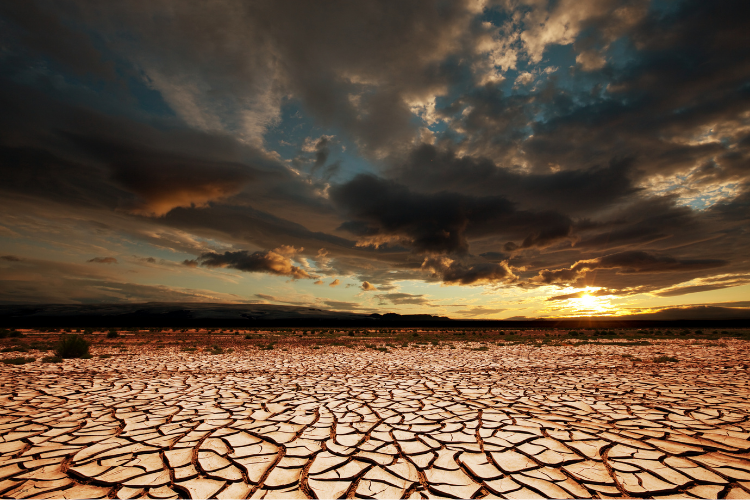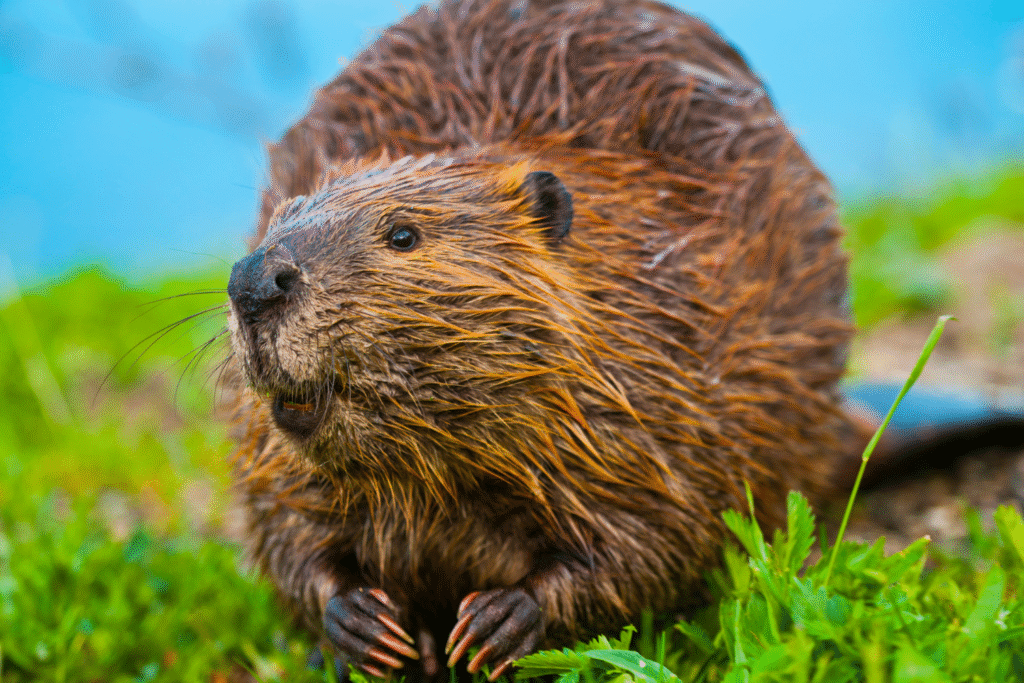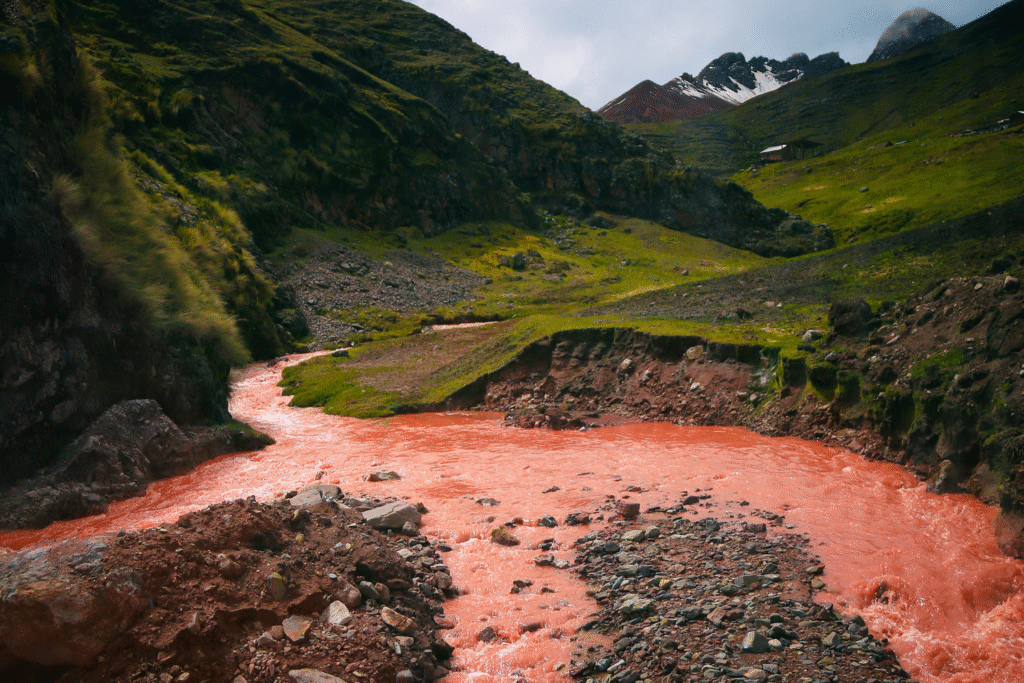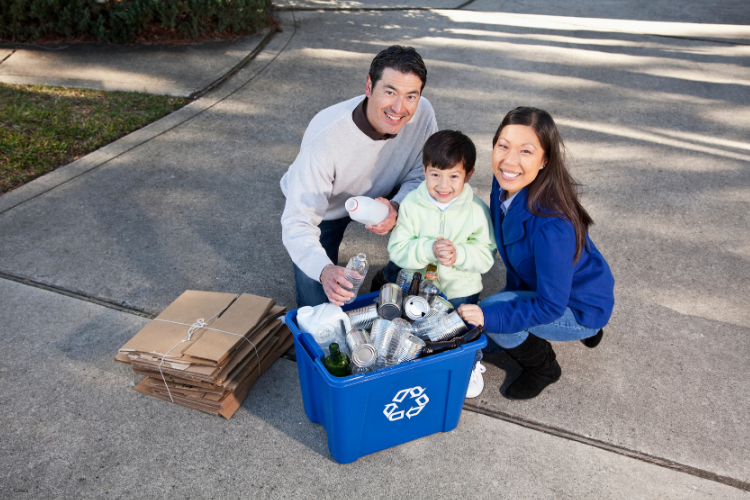Two new studies reveal that even the world’s last refuges are no longer safe.

The world’s most pristine wilderness areas, once considered safe havens for biodiversity, are witnessing alarming insect population crashes that have scientists deeply concerned. These remote locations, far from direct human interference, are experiencing declines that mirror patterns seen in agricultural and urban environments.
Recent research shows that even our most protected ecosystems cannot shield insects from the cascading effects of global environmental changes. The implications stretch beyond the insects themselves, cutting into the web of relationships that keeps forests, meadows, and islands alive.




